Eastern Red Cedar Facts – Learn About Caring For An Eastern Red Cedar Tree
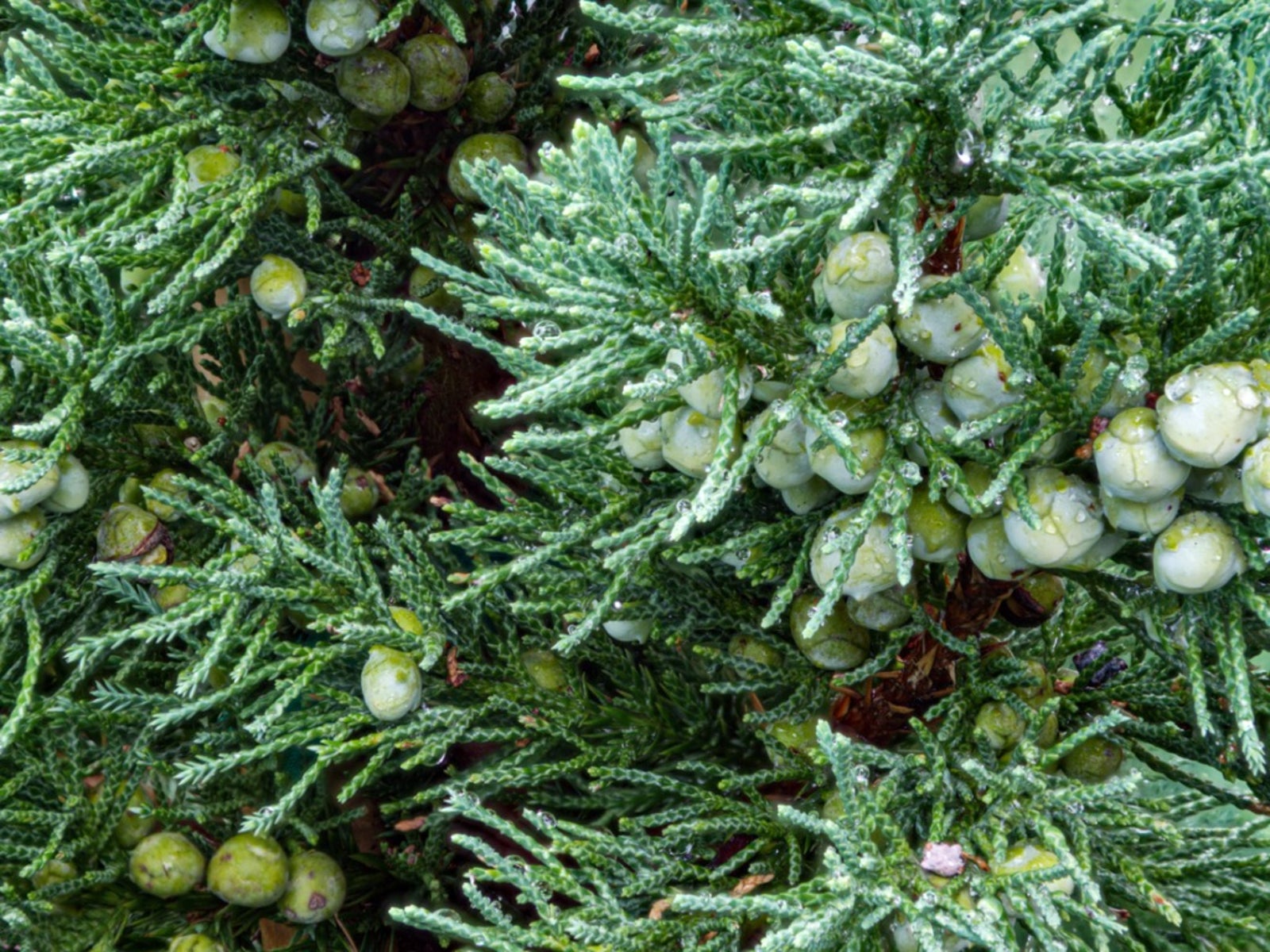
Found primarily in the United States east of the Rockies, eastern red cedars are members of the Cypress family. These medium sized evergreen trees provide outstanding shelter for many birds and mammals during the winter and make for excellent color in the landscape during otherwise drab months. Interested in growing eastern red cedars? The following article contains information about caring for an eastern red cedar tree and other eastern red cedar facts.
Eastern Red Cedar Facts
Eastern red cedars (Juniperus vinginiana) are also known as juniper, savin evergreen, cedar apple, and Virginia red cedar. The trees are shaped like a pyramid or column with grayish to reddish-brown bark. The foliage is blue-green to green and needlelike. Female and male cones are borne on separate trees. Female trees have little blue balls adorning the branches - the fruit. Inside the fruit there are 1-4 seeds that are spread by birds. The inconspicuous flowers are small and spiky. Male trees have tiny tan colored pine cones, which are the pollen bearing organs of the tree. Pollen is released from these tiny organs at the end of the winter to pollinate the female structures. Red cedars then flower early in the spring. Native Americans used red cedar for incense or to burn during purification rites. The Blackfeet made a berry tea of the red cedar to combat vomiting. They also boiled the leaves in water and mixed the resulting brew with turpentine which was then rubbed on the body to soothe rheumatism and arthritis. The Cheyenne steeped the leaves and drank the tea to calm coughs or throat problems. A tea was also used to hasten childbirth. Other Native Americans used the eastern red cedar for everything from asthma, colds, diarrhea, fevers, tonsillitis, and pneumonia. Topical concoctions were used to slow bleeding as well. Eastern red cedar information could also be found listed in the U.S. Pharmocopoeia from 1820-1894 for use as a diuretic. Red cedars can often be found in cemeteries as ornamentals. The wood is used for furniture, paneling, fence posts, and novelties. Both the fruit and tender young branches contain oil that is used in medicines. As mentioned, many birds and small mammals rely on the cedar for shelter during the winter months. The tender branches are also eaten by larger hoofed mammals. Many birds, from juncos to waxwings to sparrows, feast on the red cedar berries.
Caring for an Eastern Red Cedar Tree
Growing eastern red cedars saplings can often be obtained from a nursery or if they are common in your area, they might just pop up unbidden from seeds deposited by birds.
Cuttings
Red cedars can also be propagated via cuttings. Cuttings should be taken in late fall, winter or spring when the tree is dormant and the sap has slowed. Try to take the cutting in the early morning. To grow a cedar from a cutting, you will need a 3 to 6 inch (7.5-15 cm.) piece of current year’s growth. Choose a branch that is flexible and light brown and cut it at a 45-degree angle. Pinch off any foliage from the bottom of the cutting and wrap it in wet paper towels place in a bucket of ice to keep them cold until you plant them. Plan to get them in the ground within an hour or two. Fill a medium sized pot with a soilless potting mixture. Dip the cut portion of the cutting in rooting hormone, tap off any excess and put the cutting into the soilless mix. Pat the mix firmly down around the cutting. Place the pot into a clear plastic bag that is sealed with a twist tie. Store the cutting in a warm room with bright but indirect light. Mist the cuttings daily with a spray bottle and reseal the bags afterwards. In four weeks, test the cuttings by giving them a gentle tug. If they resist, rooting has taken place. Transplant the cuttings into pots of regular soil after 3 months and take them outside to acclimate gradually. They can then be planted into the garden in the late fall.
Seed propagation
Propagation of eastern red saplings can also be done with seeds, but it will likely take longer. If you aren’t in a hurry, gather fruit in the fall. Try to pick only ripe berries and pick plenty since germination rates tend to be iffy. The seeds can then be stored as berries or cleaned seeds. To get to the seeds, soften the fruit with a drop of detergent in some water. The detergent will help make the seeds float to the top. Gather the floating seeds and allow them to dry on paper towels. Store the dried seeds in a sealed container in the refrigerator. You can also lay the fruit out to dry and then shake the seeds out of the cones after a few days. Then clean the seeds of any dirt or debris by gently rubbing them; don’t use water or the seeds may begin to rot. Store them in the refrigerator or other dark area of between 20-40 degrees F. (-6-4 C.). To take advantage of natural chilling, sow seeds in the fall. Otherwise, seeds may be sown in the spring or summer, after a period of stratification. Prior to planting, stratify seeds for a month. Layer seeds between layers of moistened peat moss. Place the entirety into sealed containers and store in an area that has temps of between 30-40 degrees F. (-1-4 C.). Once the seeds have stratified, sow the seeds in the spring at a depth of ¼ inch (0.5 cm.) in moist soil.
Gardening tips, videos, info and more delivered right to your inbox!
Sign up for the Gardening Know How newsletter today and receive a free copy of our e-book "How to Grow Delicious Tomatoes".

Amy Grant has been gardening for 30 years and writing for 15. A professional chef and caterer, Amy's area of expertise is culinary gardening.
-
 How To Make A Bouquet Garni Or Herb Bundle For Cooking
How To Make A Bouquet Garni Or Herb Bundle For CookingIf you’re a great cook, you may have made an herb bundle before. If this is a new idea, learn how to add sparkle and interest to your dish with a bouquet garni.
By Amy Grant
-
 ‘Coral Charm’ Peony Care For Sublime Semi-Double Peonies With Lush Salmon Pink Flowers
‘Coral Charm’ Peony Care For Sublime Semi-Double Peonies With Lush Salmon Pink FlowersPeonies are known for their soft baby pink or magenta tones, but if plushy coral blooms are your thing, here’s our guide to the ultimate ‘Coral Charm’ peony care
By Tonya Barnett
-
 How To Grow A Potted Juniper: Caring For Juniper Trees In Containers
How To Grow A Potted Juniper: Caring For Juniper Trees In ContainersSmall juniper trees grow well in containers. Click here for information on how to care for potted junipers.
By Teo Spengler
-
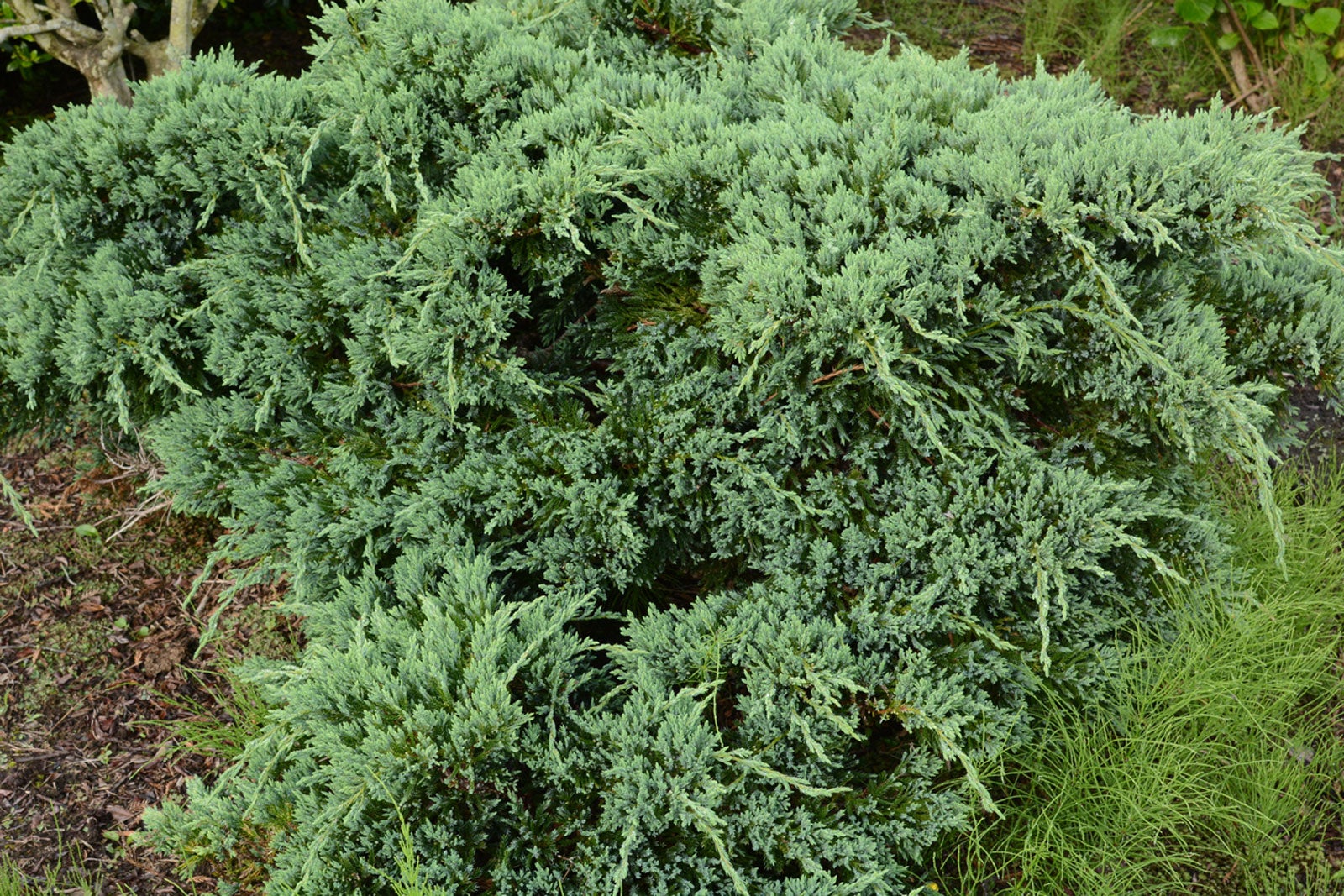 Japanese Juniper Care – How To Grow A Japanese Juniper Plant
Japanese Juniper Care – How To Grow A Japanese Juniper PlantIf you want a "set and forget" type of plant, Japanese juniper care is minimal and easy once established. For more information about this shrub of low heights and how to grow it in your garden, click the following article.
By Bonnie L. Grant
-
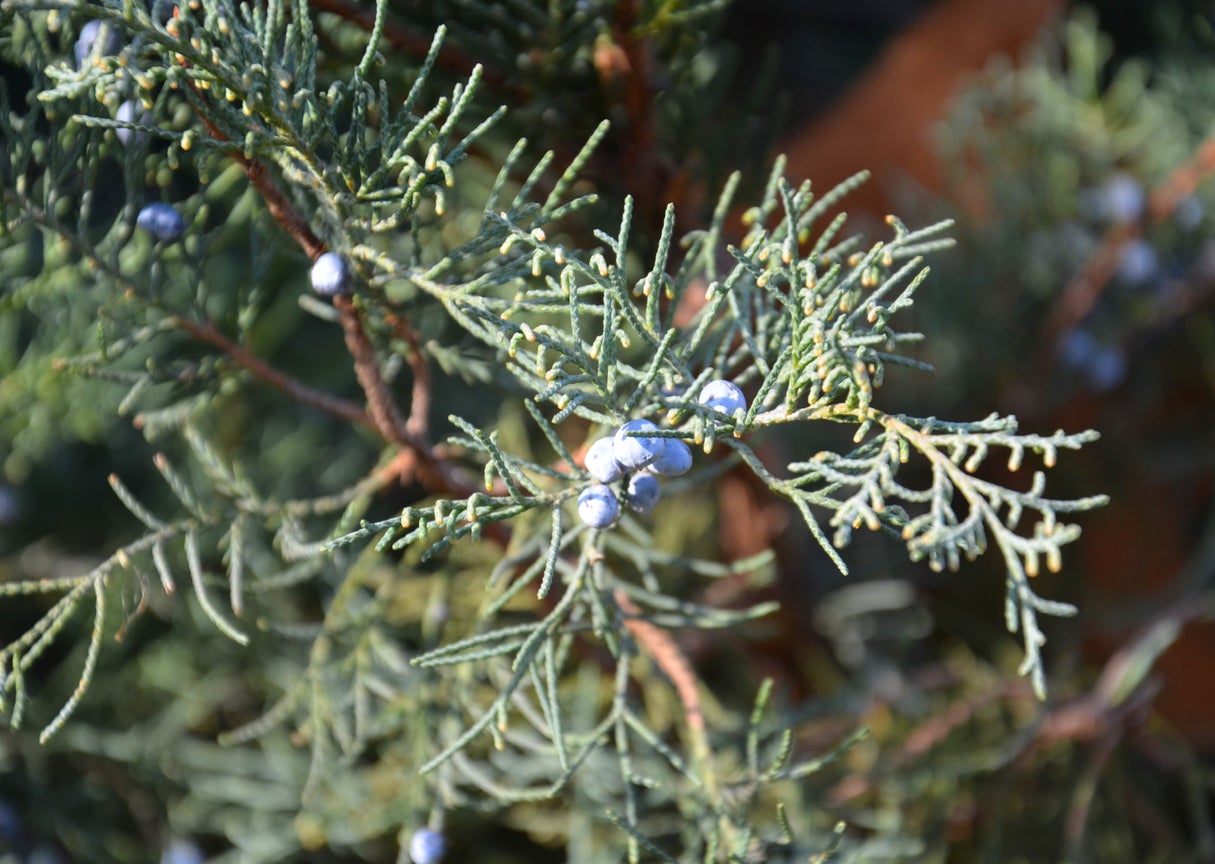 Mountain Cedar Information: Is Mountain Cedar Pollen Causing You Problems
Mountain Cedar Information: Is Mountain Cedar Pollen Causing You ProblemsMountain cedar is a tree with a common name full of contradictions. The tree is not a cedar at all, and its native range is central Texas, not known for its mountains. In fact, trees called mountain cedar are actually ashe juniper trees. Click here to learn more.
By Teo Spengler
-
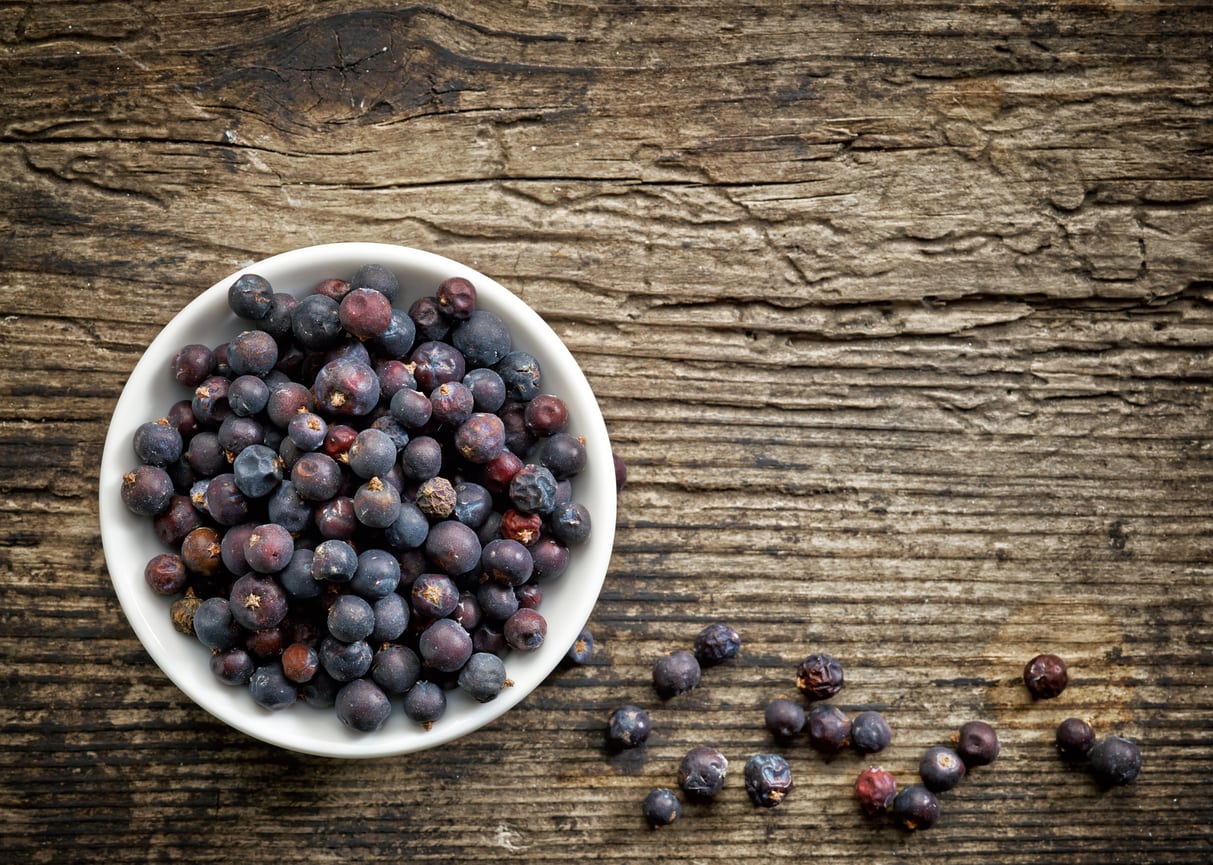 Are All Juniper Berries Edible – Is It Safe To Eat Juniper Berries
Are All Juniper Berries Edible – Is It Safe To Eat Juniper BerriesJuniper berries have been used as a strong flavoring for wine, mead, and other alcoholic beverages, as well as a spice for meats, stews, sauerkraut, and other dishes. Upon reading this, you may be wondering are all juniper berries edible? Click here for that answer.
By Darcy Larum
-
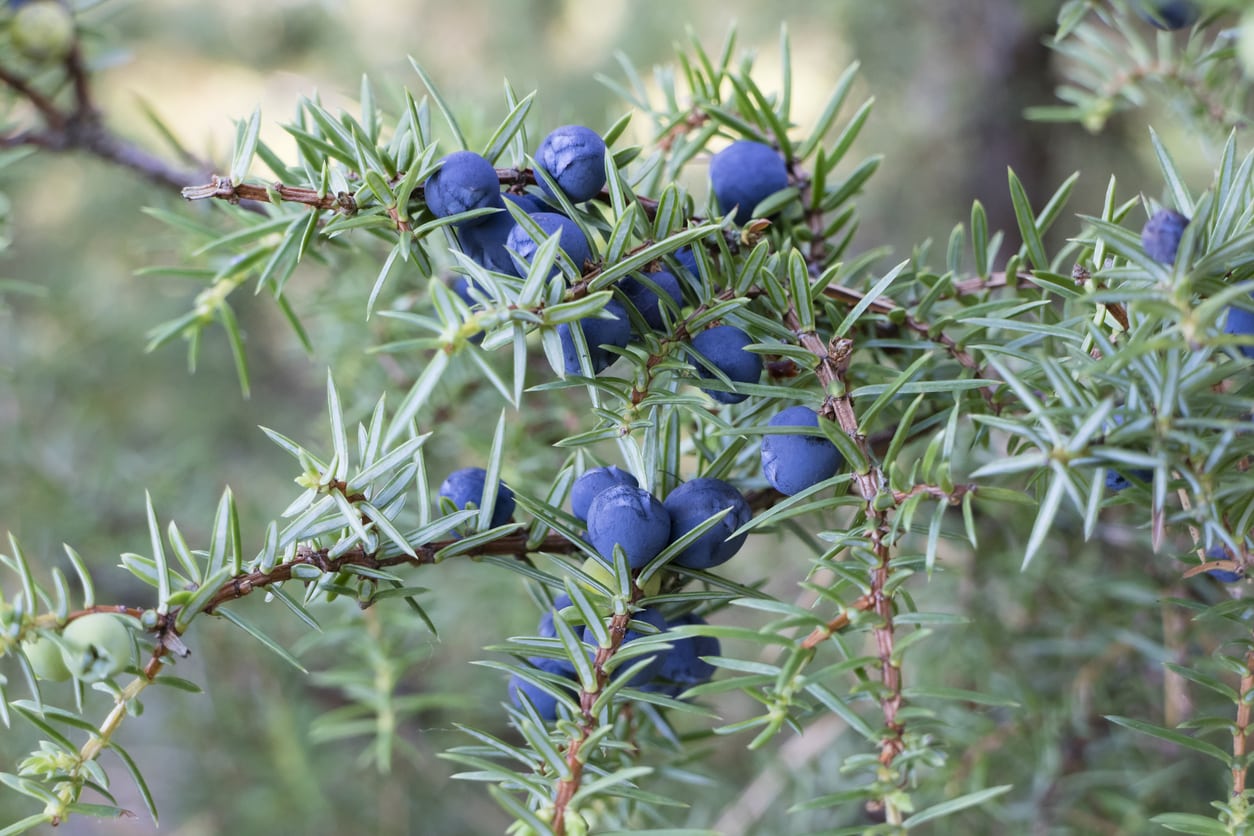 Juniper Berry Uses – What To Do With Juniper Berries
Juniper Berry Uses – What To Do With Juniper BerriesGiven that they are prolific and the fruit looks so much like a berry, the natural question is ‘can you eat juniper berries?” If so, what do you do with juniper berries? Click on the following article to find out how to use juniper berries along with some useful juniper berry recipes.
By Amy Grant
-
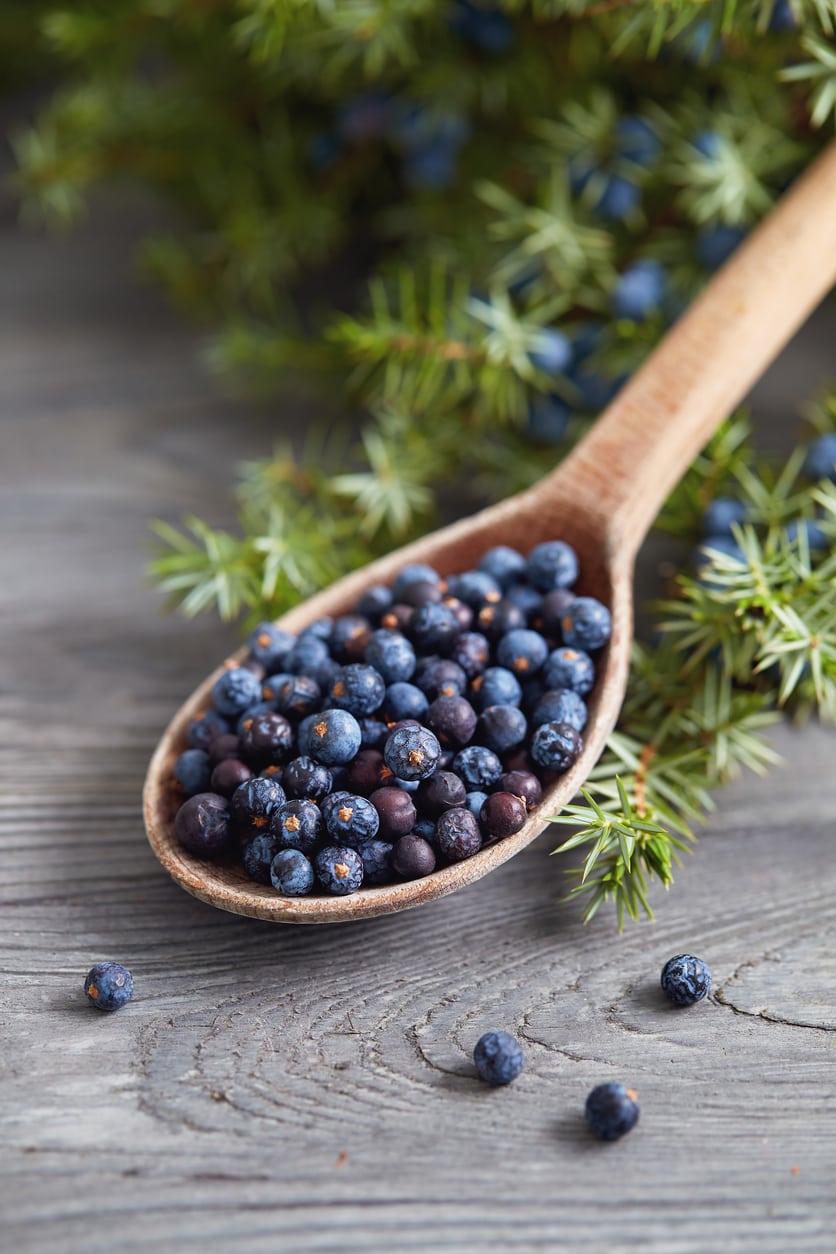 Juniper Berry Harvest Tips: How To Pick Juniper Berries
Juniper Berry Harvest Tips: How To Pick Juniper BerriesMany junipers produce berries that are toxic and inedible, but Juniperus communis berries are edible! Safe, aromatic and interesting, learn how to know which ones are safe how to harvest them.
By Bonnie L. Grant
-
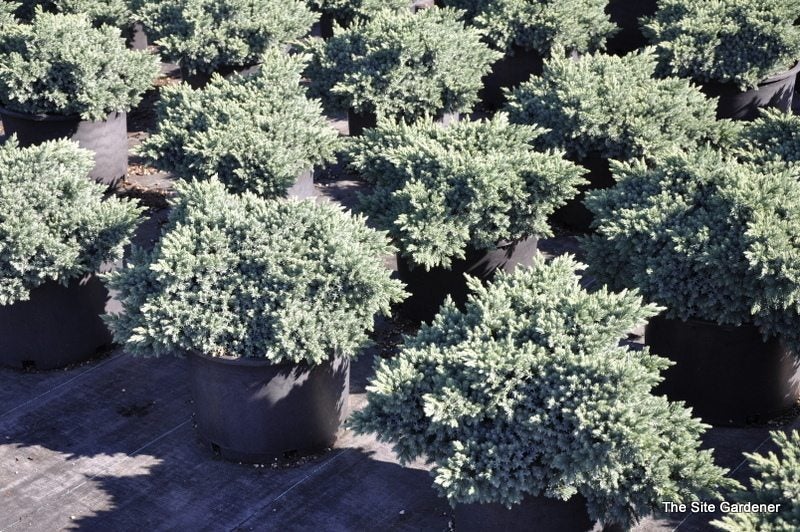 Growing Juniper ‘Blue Star’ – Learn About Blue Star Juniper Plants
Growing Juniper ‘Blue Star’ – Learn About Blue Star Juniper PlantsWith a name like "Blue Star," this juniper sounds as American as apple pie but, in fact, it is native to Afghanistan, the Himalayas, and western China. Gardeners love Blue Star for its thick, starry, blue-green foliage and its graceful rounded habit. Learn more here.
By Teo Spengler
-
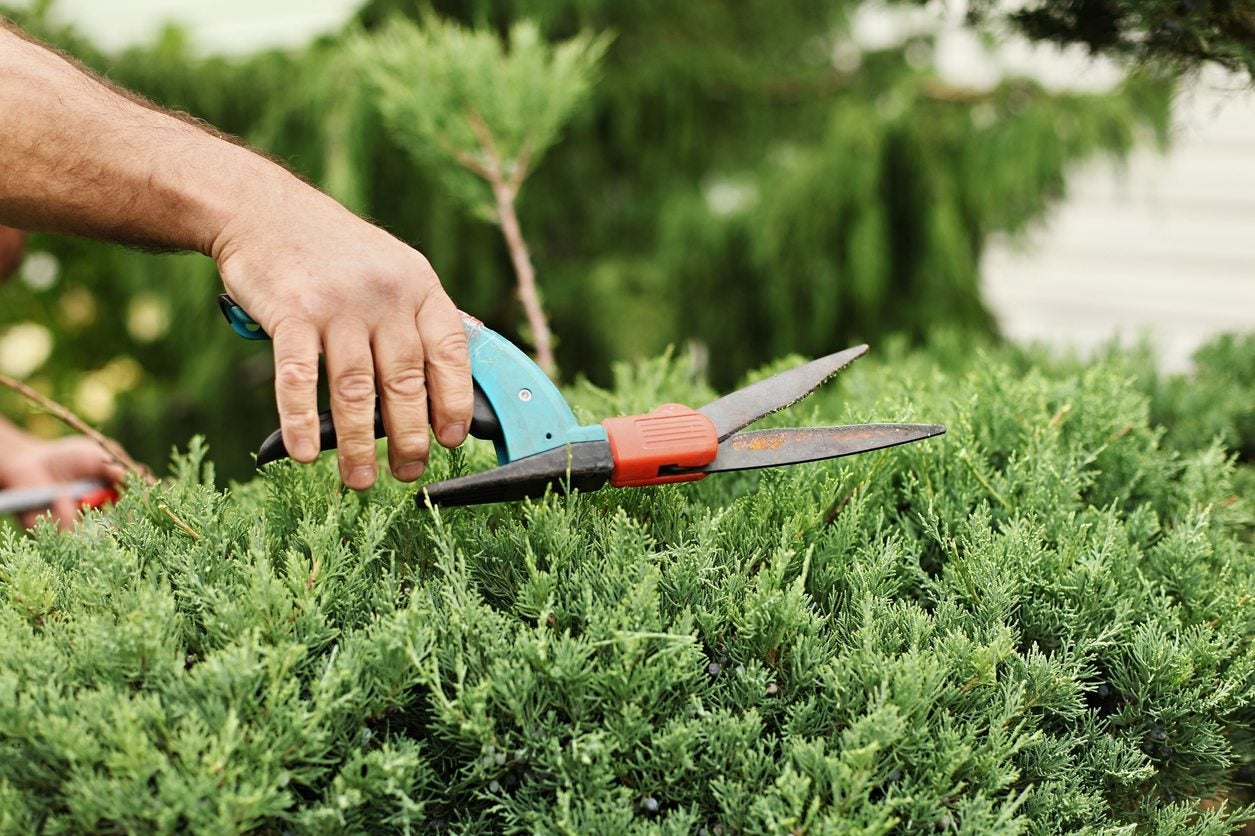 Can You Prune An Overgrown Juniper – Tips For Overgrown Juniper Pruning
Can You Prune An Overgrown Juniper – Tips For Overgrown Juniper PruningJuniper shrubs and trees are a great asset to landscaping. But sometimes, like the best things in life, they get away from us. What was once a smart shrub is now a wild, overgrown monster. So what can you do with a juniper that?s gotten out of hand? Find out here.
By Liz Baessler